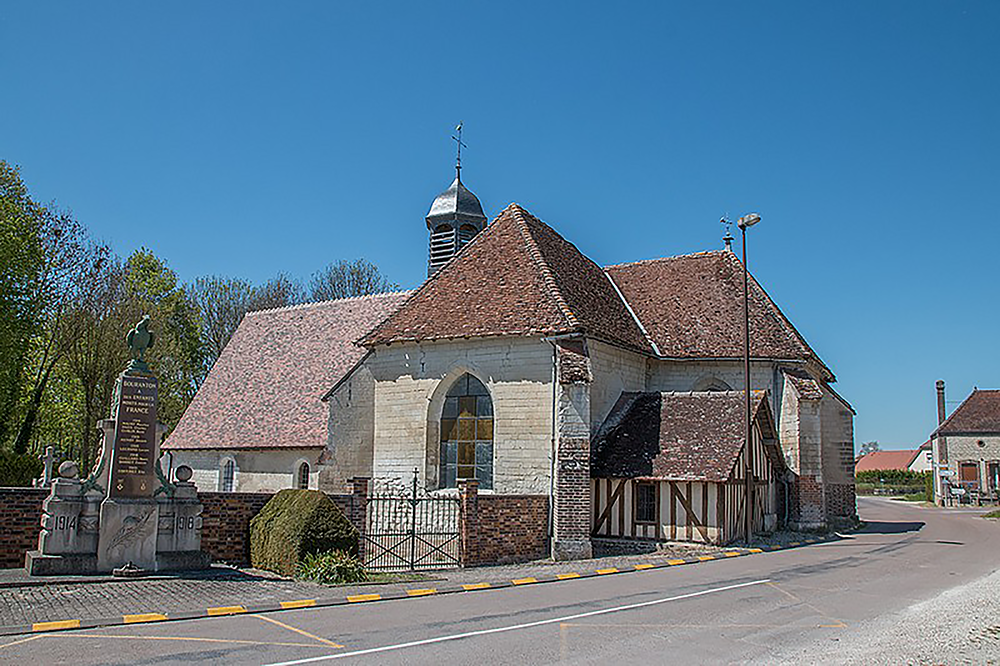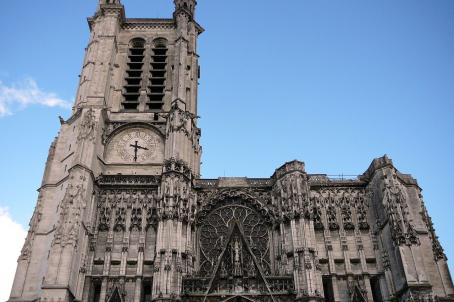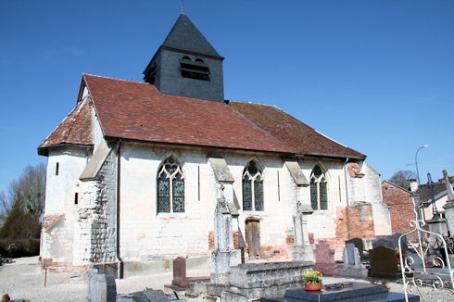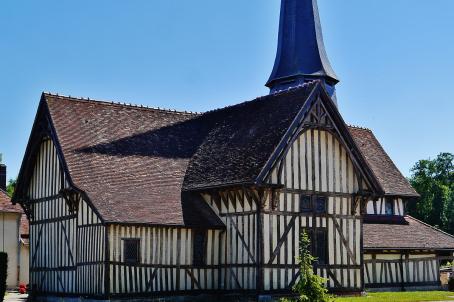Church of Saint-Pierre et Saint-Paul
The Saint-Pierre and Saint-Paul de Bouranton church, with its Latin cross-shaped plan, retains its nave from the 12th century. The 16th century choir is surmounted by a bell tower with a bell dated to 1578. The church contains a 19th-century St. Peter's Processional Staff, which includes a 17th century statuette, and a number of decorative elements and furniture of the Bouranton Church.
About this building
The Saint-Pierre and Saint-Paul church sits at the center of the village of Bouranton. The building, shaped in the form of a Latin cross, retains its original nave from the twelfth century. The choir, with three sides, delimited by two pillars and the transept, are from the 16th century. The main door, restored at the beginning of the twentieth century, has preserved its ogival archivolt, with its lintel arch low.
The attic is lit by a trilobe, pierced at the height of the gable of the facade. They are surmounted by a campanile covered in slates, sheltering a bell dated to 1578. The church houses a 19th-century St. Peter's Processional Staff, which includes a 17th century statuette.
Many decorative elements and furniture pieces of the church of Bouranton are classified as historical monuments, including a limestone statuette of St. Eloi (sixteenth century), a bronze bell (1578), the high altar painted and gilded oak ( Eighteenth and nineteenth century), a polychrome limestone statue representing a Madonna and Child (14th century) and a sculpture of Saint Peter (16th century)
The old cemetery remains and surrounds the church and a monument to the dead of the First World War is found in the form of the Gallic rooster, raised in front of the enclosure.






